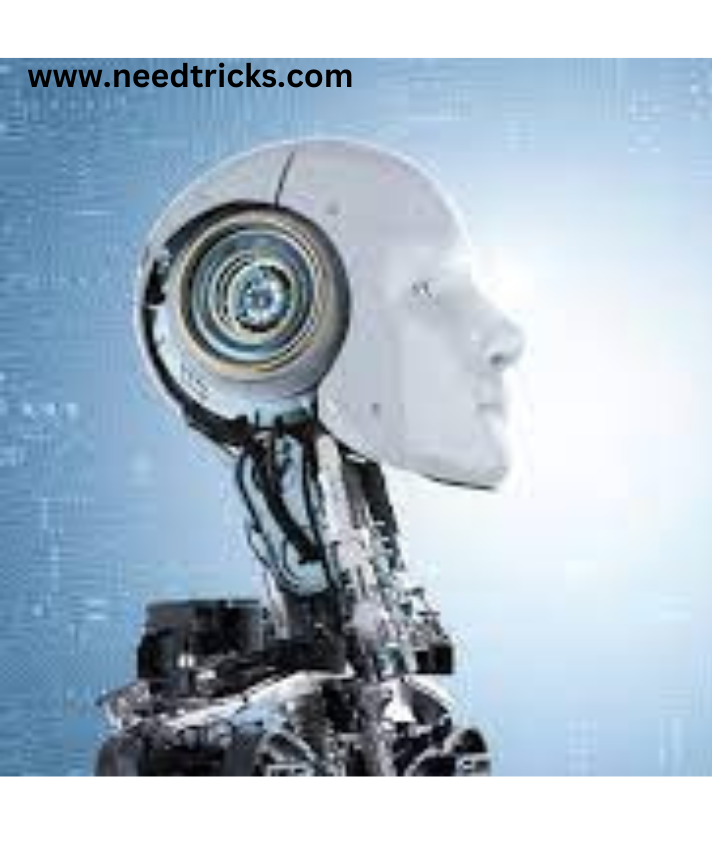Robotics has come a long way in recent years, with new innovations and advancements pushing the boundaries of what is possible. From humanoid robots to autonomous drones, the field of robotics is evolving rapidly.
In this blog, we’ll take a look at some of the latest trends and innovations in robotics.
1.Collaborative Robots
Collaborative robots, also known as cobots, are designed to work alongside humans, making it easier for workers to perform repetitive tasks. Cobots are equipped with sensors that enable them to detect human presence. And respond accordingly, ensuring safety in the workplace. They are becoming increasingly popular in manufacturing, warehousing, and logistics industries.
2.Artificial Intelligence and Machine Learning
Artificial intelligence (AI) and machine learning (ML) are revolutionizing the robotics industry. These technologies enable robots to learn from their surroundings. And make decisions based on the data they gather as a result, robots are becoming smarter. And more capable, allowing them to perform more complex tasks.
3.Humanoid Robots
Humanoid robots are designed to look and move like humans. They are often used in research and development, as well as in the entertainment industry. With advancements in AI and ML, humanoid robots. A re becoming more autonomous and can perform tasks that were once only possible for humans.
4.Autonomous Drones
Autonomous drones are unmanned aerial vehicles (UAVs) that can operate without human intervention. They are equipped with sensors, cameras, and GPS, allowing them to navigate and map their surroundings. Autonomous drones are used in a variety of industries, including agriculture, construction, and transportation.
5.Soft Robotics
Soft robotics is a new field that focuses on creating robots with soft and flexible materials. These robots are often inspired by nature, mimicking the movements of animals like octopuses and worms. Soft robots are ideal for applications where traditional robots may be too rigid or bulky.
6.Advanced Sensing and Perception
Advancements in sensing and perception are allowing robots to interact more effectively with their environment. Sensors such as lidar and radar enable robots to detect and avoid obstacles, while advanced cameras and image processing software allow robots to identify objects and people.
Conclusion
Robotics is an ever-evolving field with new advancements and innovations emerging all the time. From collaborative robots to autonomous drones, AI and ML to soft robotics, the possibilities are endless. As these technologies continue to develop, we can expect to see even more groundbreaking advancements in the field of robotics.







